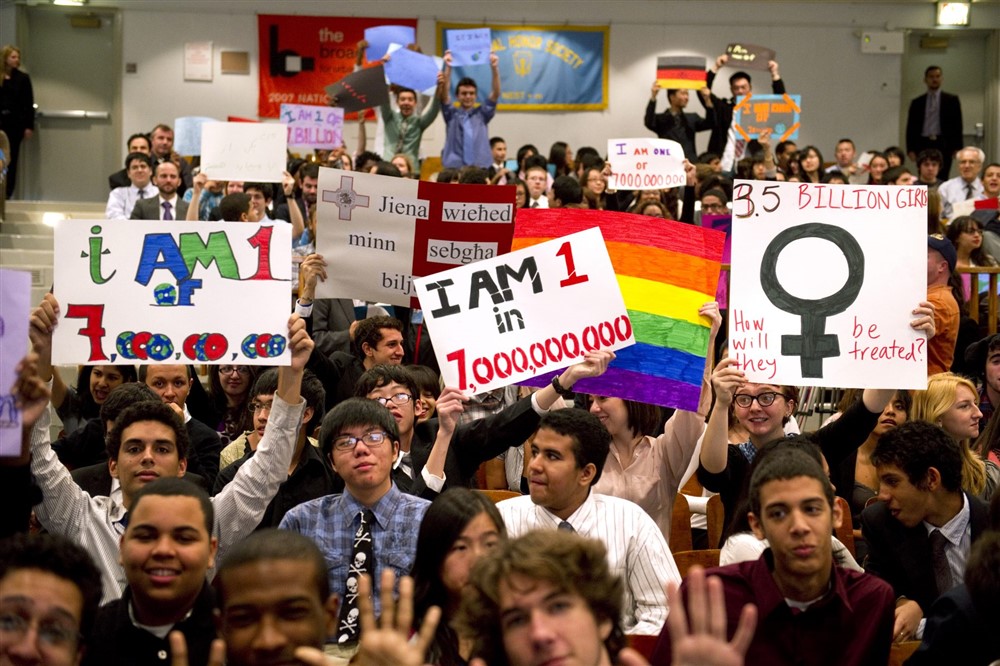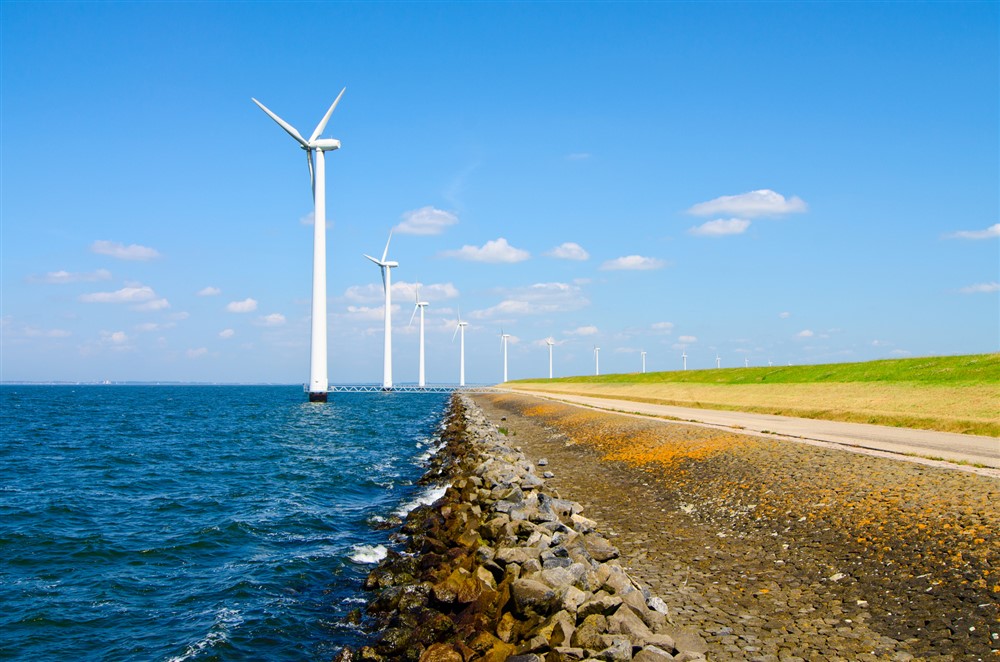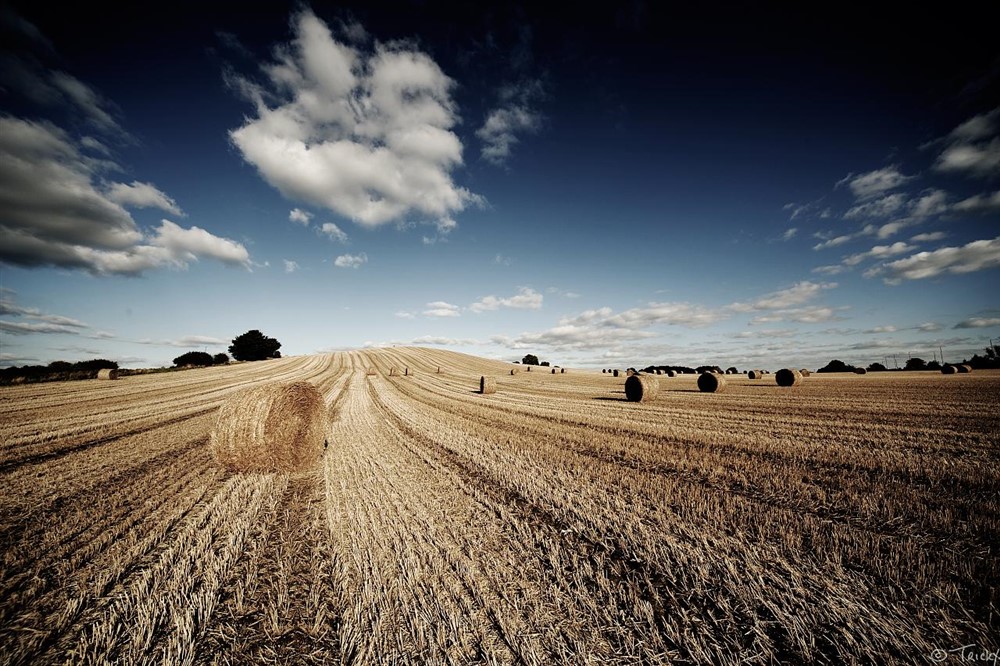Water, Food and Energy
The inextricable linkages between these critical domains require a suitably integrated approach to ensuring water and food security, and sustainable agriculture and energy production worldwide.
Rising demand
Water is a finite resource having to serve exponentially more people and usages, and so ensuring everyone has access to a reliable supply is crucial to human survival and sustainable progress.As water resources become more stretched, the energy and food sectors’ dependence on water, and the fact that all three underpin several of the Sustainable Development Goals, means that decision-makers in all three domains are now increasingly focusing on water resource management, ecosystem protection and water supply and sanitation as part of their policy and practice.

2011 celebrations of the birth of the 7th billionth baby. UN projects world population to reach 8.5 billion by 2030. UN Photo/Eskinder Debebe

Wind energy windmills near highway and sea shore.
Energy mix
Fossil fuel production, still a dominant and growing part of the global energy mix, is highly water intensive, as is biofuel production and the growing practice of shale gas extraction – or ‘fracking’. There will need to be much more support for the development of less water-intensive renewable energy, such as hydropower and wind, before it makes a significant impact on water demand. For instance, geothermal energy has great potential as a long-term, climate independent resource that produces little or no greenhouse gases and does not consume water.
Agriculture looks set to remain the biggest user of water into the middle of this century.
Agricultural efficiency
Agriculture looks set to remain the biggest user of water into the middle of this century. While the shift to biofuels is generally welcomed, their production could demand as much water as fossil fuels. In terms of food, the volume of demand is growing with population expansion, and we are seeing a significant global move away from a mainly starch-based diet to an increasing demand for more water-intensive meat and dairy as incomes grow in many countries.Efficiency measures along the entire agrifood chain can help save water and energy, such as precision irrigation based on information supplied by water providers, which can motivate farmers to invest in their systems to ensure the best returns from their water investment.

Urban View: the Republic of Korea's Second Largest City A view of Busan, the Republic of Korea’s second largest city after Seoul, with a population of approximately 3.6 million as of 2010. UN Photo/Kibae Park
Serving cities
Most of the world’s rapidly growing cities are in low-income countries where authorities and utilities can have limited capacity to plan for and control urban expansion and its impacts on water and energy demand.Consumption can be reduced, and supplies made more reliable, by such practices as using multiple water sources, including rainwater harvesting and wastewater reuse, and only treating water to be ready for its intended use, rather than treating all water to a safe drinking standard. Removing biosolids from wastewater and using them for cooking or heating, for example, can help replace fossil fuels and reduce the amount of processing at the wastewater treatment plant.

Globally, there is sufficient water to produce food for everyone, but food and nutritional insecurity remains widespread. UN Photo/John Isaac
Ensuring food and nutritional security
Globally, there is sufficient water to produce food for everyone, but food and nutritional insecurity remains widespread. Furthermore, where people have limited or no access to safe water or sanitation, the prevalence of diarrhoeal diseases is a major factor in high child mortality rates, malnourishment and loss of productivity.In water scarce regions, there needs to be robust strategies to protect water availability to maintain agricultural production and avoid food price volatility. Advances in genetics and technologies that allow the sustainable intensification of crops, livestock and fish production can help meet demand as efficiently as possible.
Links
- FAO (2011): The state of the world’s land and water resources for food and agriculture
- FAO: AQUASTAT
- UNECE: Water-food-energy-ecosystem nexus in transboundary context
- FAO/IFAD/UNICEF/WFP/WHO: The State of Food Security and Nutrition in the World 2017: Building Resilience for Peace and Food Security.

